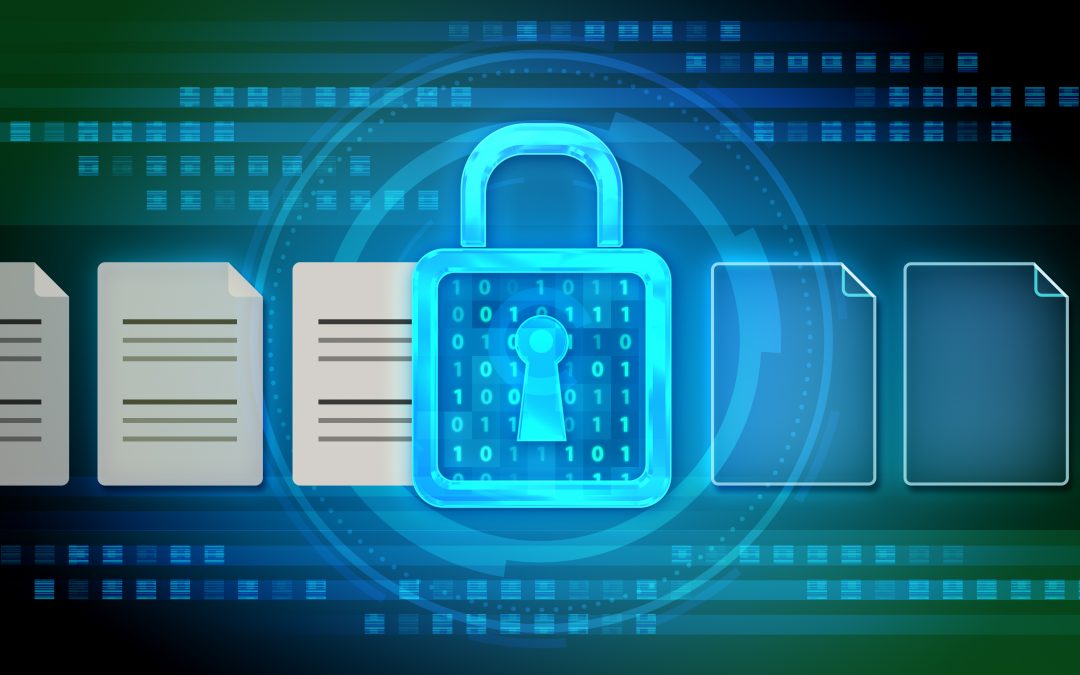Usually, when one business suffers a cyberattack, they are the main target and bear most of the costs. However, when a supply chain company is attacked, it can have widespread consequences on those they supply goods or services to. This means many companies pay the costs, not just the one attacked. Take Singapore Airlines for example. The airline had the personal data of over 580,000 of its frequent flyer members exposed in a breach, but the airline itself wasn’t the direct victim of the attacker. A supply chain vendor that one of the airline’s Star Alliance member airlines works with was the victim. The Star Alliance member used the Sita passenger service system. Sita was breached, and this had a ripple effect that caused both the partner airline and Singapore Airlines to be impacted.
In 2021, supply chain attacks on open-source software grew by 650%. Attacking a supplier of software, goods, or vital services provides an opportunity for a one-to-many attack that can create multiple victims. In the case of ransomware, it can also mean multiple opportunities to collect a ransom for attackers. While you may have great cybersecurity yourself, the thing about a supply chain attack is that someone you either share data with or a vendor of software you have installed can be attacked, which can then leave you vulnerable. Cybersecurity protection leader Acronis warns that approximately 53% of organizations have exposure to supply chain attacks and not enough safeguards in place. How can you reduce your risk and avoid becoming a victim due to a supply chain attack? Here are several ways to safeguard your business.
Have Annual Penetration Testing Done
Many companies never have penetration testing done. This is a specific type of cybersecurity test in which an expert tries to gain access to your systems. It’s designed to take a “hacker’s point of view” and see how easy it is to penetrate your security. You gain valuable insights from having penetration testing on your network annually. You’ll find out exactly where you have vulnerabilities so you can address them and better secure your information.
Document All Suppliers & Risks
Businesses are often blindsided when a supply chain breach causes them to have exposed data or become infected with ransomware. It’s important to document all your suppliers – digital, services, and physical goods. You then need to look at the risk if they were either attacked or if something caused their business to stop operating. Document the answers to questions like:
- What do we get from them?
- Is there an alternative supplier for this?
- What data are we sharing with this vendor?
- What happens if this software/digital provider gets hacked? How does that impact us?
- What can be done to mitigate our risk of a breach and downtime?
Back-Up All Cloud Data in a 3rd Party Tool
If you have cloud data stored in a platform like Dropbox, Microsoft 365, QuickBooks Online, or any other cloud tool, it’s important that you back it up in a 3rd party backup and recovery tool. Even services like Microsoft recommend you back up your data separately, otherwise, it could be lost in the case of an outage. If a hacker is able to get their hands on an employee’s privileged login credentials to one of your cloud platforms, they could easily plant ransomware or delete your data. Without a backup copy, you could be left with a devastating data loss incident that you may not be able to recover from.
Automate Your IT Security & Monitoring
You can’t keep one of your vendors or software providers from being breached, but you can ensure that your company’s own cybersecurity defenses are strong. The best way to do this is through a managed IT services plan because it includes several important safeguards, including:
- Patch & update management
- Network and device monitoring
- Managed Antivirus/anti-malware
- Email and DNS filtering to stop phishing attacks
- Managed backups
- And more
The more you can automate your IT security, the better. This ensures that nothing falls through the cracks and leaves you exposed. In this post-pandemic working environment with many employees now working from home, managed services are more vital than ever. For example, using managed IT services can ensure that all user devices used for work, no matter where they are, have up-to-date software, OS, and firmware. It can also keep your data backups managed and monitored to help protect your company in the case of a ransomware attack or data loss incident. Working with a managed IT professional also provides you with an important resource that can help you assess and mitigate your risk in case of a supply chain attack.
Request a Free Cybersecurity Assessment Today!
Your first step towards better security and reduced risk is an IT security assessment. Managed IT Asia can help your Singapore business see where you may have vulnerabilities and suggest affordable and effective solutions. Contact us today to schedule your free consultation. Call +65 6748 8776 or reach us online.
MANAGED IT ASIA, we are an IT Support, IT Solutioning and Managed IT Service Provider specializing in serving Small Businesses across Asia. Call us at +65 6748 8776 and let us manage your Small Business IT today!
